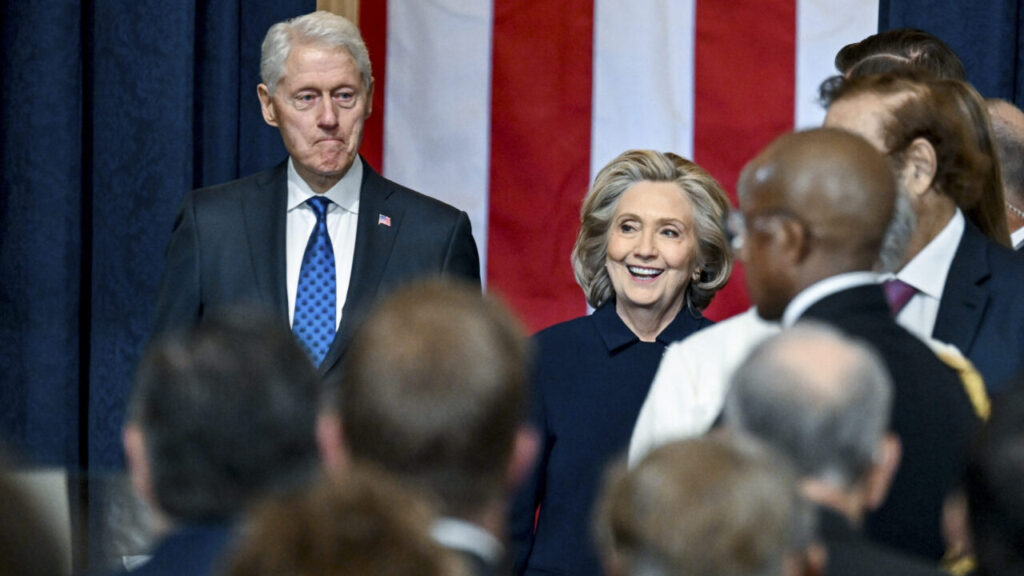Share
California’s public employee unions suffered a potentially heavy blow this year when the U.S. Supreme Court declared that they could not charge “fair share fees” to non-members.

Opinion
by Dan Walters
CALmatters Commentary
Those fears were hopes for those on the other side of the state’s political spectrum – conservative interest groups and Republicans. So far, however, the fallout has been scant.
Many unions have declared that those seeking to drop their memberships must wait until contracts with state and local governments expire and/or they must pay “service fees” if they exit. Those provisions have touched off a flurry of lawsuits contending that such footdragging violates the Supreme Court’s decision.
Meanwhile, public employee unions are awaiting another judicial decree, this one from the state Supreme Court, that also has high stakes.
Six years ago, Gov. Jerry Brown and the Legislature enacted a relatively mild reform of public employee pensions – lowering potential benefits for new workers, compelling employees to make bigger contributions and eliminating maneuvers that allowed workers to inflate their pension checks.
Reducing the Huge ‘Unfunded Liabilities’
All were aimed at slowly reducing the huge “unfunded liabilities” plaguing the California Public Employees Retirement System (CalPERS) and local pension trust funds, thanks to investment losses during the Great Recession, surging baby boomer retirements, longer lifespans and, finally, very sharp increases in benefits in the last decade.
Several unions disliked the reforms and sued, saying they violated what’s been termed the “California rule.” It’s a long-standing assumption, based on a 1955 state Supreme Court ruling, that pension benefits in place at the moment of a worker’s hiring can never be reduced without equivalent compensation.
One suit, brought by a state firefighter union, challenged the governor’s elimination of “airtime” – the ability for a worker to purchase additional years of service credit – on the assertion that it violated the California rule.
The suits resulted in a flurry of somewhat contradictory appellate court rulings, thus opening the legal door for the state Supreme Court to not only decide the specific issues, but possibly render a broader judgment on whether the California rule is sacrosanct.
The Supreme Court heard oral arguments on the merged cases this month and it was evident that its justices are somewhat uncertain over whether to issue a narrow ruling on airtime and other specifics of the governor’s reforms, or delve into the California rule.
Freezing Pension Benefits Already Earned
One appellate ruling in a Marin County case, involving the reform plan’s elimination of “pension spiking,” essentially declared that the California rule isn’t binding as long as employees receive “substantial and reasonable” pensions.
Such a ruling would please local government officials, who are faced with rapidly rising demands from CalPERS for more money to shrink the trust fund’s stubborn unfunded liability, driving some cities to the brink of insolvency and/or forcing them to ask voters for more taxes.
It would give city officials leverage to place pension benefits on the table during union contract negotiations. It would give unions a black eye for trying to overturn Brown’s reform. And it would give the governor, who took personal charge of the pension legal battle, a big bullet point in his legacy.
CALmatters is a public interest journalism venture committed to explaining how California’s state Capitol works and why it matters. For more stories by Dan Walters, go to calmatters.org/commentary
RELATED TOPICS:
Categories


















